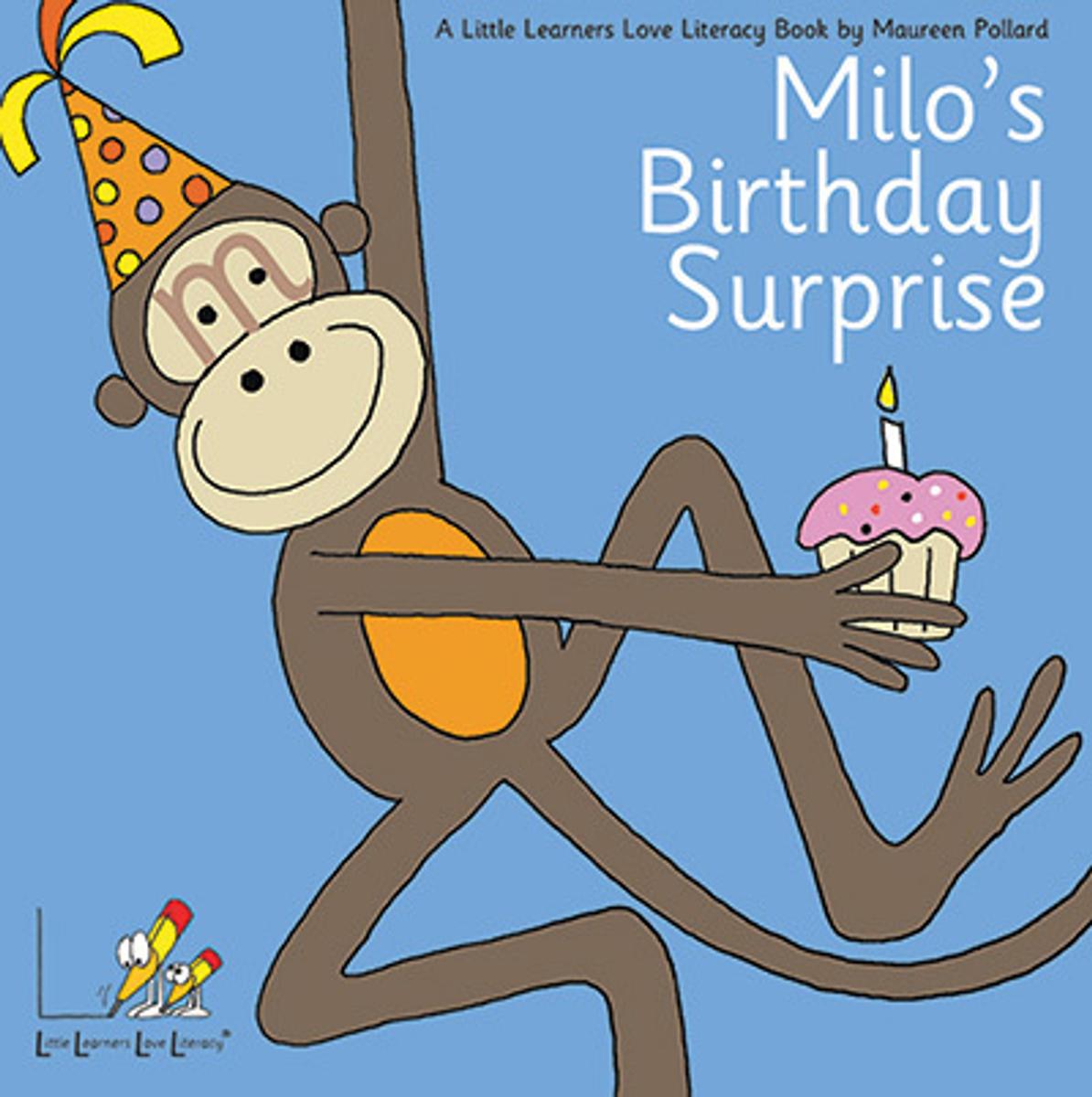Big Growth in Small Steps
A Look Inside Foundation Learning

Big Growth in Small Steps
A Look Inside Foundation Learning
At Foundation, our students are taking exciting first steps on their reading journey! We use a structured phonics approach through programs like Little Learners Love Literacy to help every student build strong foundations in reading and writing.
Phonics is about teaching children the relationship between sounds (phonemes) and letters (graphemes). This helps them decode words as they read and encode words when they write. Instead of guessing words or relying on pictures, children learn to sound out each part of a word.
A CVC word is a simple three-letter word that follows the pattern: Consonant–Vowel–Consonant (e.g., cat, dog, tip).Blending is the process of pushing sounds together to read a whole word.
For example:
We teach children to blend sounds fluently so they can hear and read the word as a whole, not just letter-by-letter.
Let’s keep celebrating every success—one sound, one word, one book at a time.
At the Foundation level, Maths is more than just numbers – it’s about curiosity, exploration, and making sense of the world. In our classrooms, we use hands-on resources and open-ended questions to bring maths to life for our young learners.
Foundation students are concrete learners. They need to see, touch, and manipulate objects to understand new ideas. That’s why we use tools like counters, dice, number lines, ten frames, blocks, and shapes during our maths sessions. These resources help students:
Hands-on materials give students the chance to physically explore maths in meaningful and playful ways.
In addition to hands-on activities, we ask open-ended questions that encourage students to think more deeply and creatively about maths. These questions often have more than one correct answer, which makes them accessible and exciting for every child.
Open-ended questions help students:
Here are some of the questions we might ask:
These kinds of questions spark rich conversations, encourage collaboration, and celebrate every student’s thinking.
Maths is everywhere! You can encourage open-ended maths thinking at home too:
Together, we’re building strong mathematical thinkers who are curious, confident, and ready to take on the world.
We’ve had a wonderful time exploring, learning, and growing together — and there’s even more excitement on the way!
Get ready for some hands-on fun! Our budding scientists will be diving into a special science incursion where curiosity will take the lead. This interactive experience will spark questions, wonder, and a deeper love for how the world works. Stay tuned for photos and discoveries your little ones will be eager to share!


Shhh… it’s a surprise! We’re about to embark on a very special celebration straight from the pages of our Little Learners Love Literacy program — Milo’s Birthday Surprise! This much-loved story supports early reading skills while creating joyful classroom moments. We’ll be combining literacy learning with fun birthday-themed activities your children won’t forget!
Keep your eyes peeled — more magical moments are just around the corner!


Emma Pei
Foundation PLC Leader


Jane Ryan
Foundation PLC Leader